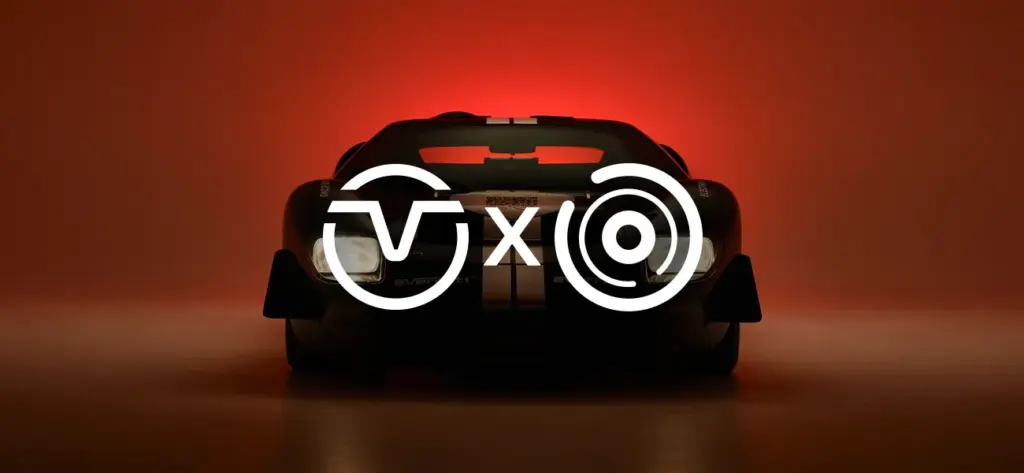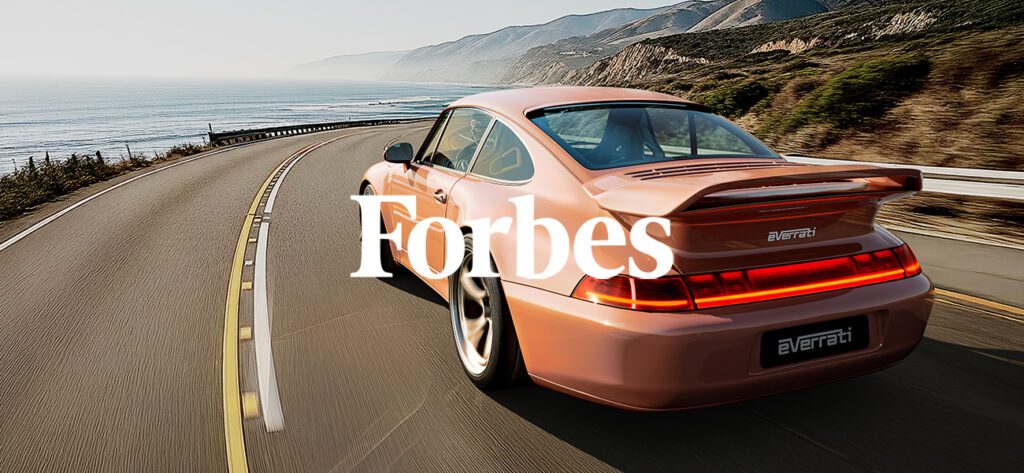Less smoke, more woke, no joke
A heart transplant is always going to be about the most serious medical procedure going, and that is only slightly less true for cars than it is for people. While our collective motoring future seems almost certain to be electric, the idea of converting existing classics to become EVs is a much more controversial one, especially given the gentle use most older ones typically receive. Arguments on the merits of such electro-mods will likely continue to, and even through, the ban on the sale of new combustion engines.
Yet even though we are early in the era of these conversions, some things are already becoming obvious. Firstly that these are cars largely intended for those who want to signal their greenness rather than save money in fuel, or engage in a forensic audit of personal CO2 footprint and the most efficient way to reduce this. Secondly – more relevant here – that some cars are much better suited to electrification than others.
This point has been made repeatedly by many of the early attempts at EV classics. I’ve driven the Jaguar E-Type Zero (which we weren’t allowed to say was the Harry/ Megan wedding car at the time, but which was), Aston’s DB6 EV Concept and Everrati’s own re-motored take on the 964-generation Porsche 911. All impressed as pieces of (re)-engineering – the Everrati noticeably more than either of the others. But all also seemed to have surrendered their souls; collective proof that sports cars use their engines for personality as much as propulsion.
Which is why Everrati’s decision to make the Series IIa Land Rover its next electrification project could be an inspired one. Nobody has ever accused the 2.25-litre four-cylinder petrol engine the majority of IIas were built with as being melodious, or even particularly effective. While most of my own experience of pre-Defender Landies was in various aged Series IIIs, I did get a brief drive in a Series II when Land Rover said goodbye to the old Defender with a family reunion in 2015. That one felt flat-out at an indicated 60mph and took most of Islay’s longest straight, and at least 30 seconds, to reach that dizzy pinnacle. Performance it wouldn’t be hard to improve on.
Which is what Everrati has done, although not by too great a margin as it keeps most of the original suspension and steering – plus the factory demonstrator is still using all-drum brakes. “There wouldn’t be much point in turning it into a hot rod,” says Justin Lunny, Everrati’s CEO and my co-driver for a brief test in icy conditions. Power now comes from a single motor which makes 150hp and 221lb-ft of torque and which plumbs directly into the original transfer case. So it does keep the transfer case’s high/ low selection, plus the ability to engage permanent four-wheel drive (theoretically at least.)
As with their 964, Everrati has opted for a split powerpack which uses one large battery pack under the bonnet, then another pair with one behind the sills on each side. (The total capacity of 60kWh is divided approximately 50/25/25 between these.) That obviously means having connectors at high voltage running beneath the body, but with control relays to break connection if anything goes wrong. It is possible to see the side batteries by squatting down, and the demonstrator’s headlights have modern internals (with customers either to choose either wing or grille mounting.) But in every other regard it looks pretty much standard; only the incongruous sight of a CCS charging port behind the driver’s door gives the game away. That and the lack of blue smoke on start-up.
The interior has been retrimmed and repainted to a high standard, so it feels better than factory fresh. The prototype has a line of warning lights and a motorsport battery isolator under the dash, but the rest of the repurposing has been done subtly – the former fuel and temperature gauge now reporting on charge level and motor temp and with the original gearlever kept for selection of forward and reverse. Everrati is offering both a heating system and electric air con, the compressor for this hidden under the seats, but buyers will be able to pick and choose what they want; one early customer has opted for very expensive full teak decking in the back.
My drive experience is limited, but sufficient to prove that an impressive amount of the Series II’s personality has survived the surgery. Turning the key produces a predictable lack of engine noise, but touching the brake pedal before selecting drive creates a distinctive whine as a 12V servo booster fires up. With the gear stick pulled back to its Drive position it just takes a gentle accelerator prod to get moving, with considerably more keenness than a corresponding amount of pressure would create in an original car. Pressing harder increases the forces, but not by very much – the company’s estimated 13-second 0-60mph time sounds about right, that being about half that of the 2.25 petrol.
The Everrati’s steering is noticeably less sloppy than I remember any of the other Series Landies I’ve driven feeling, Lunny confirming this one has a freshly refurbished steering box. The demonstrator’s rack is unassisted, and lightens up nicely as soon as the car is moving, but buyers can opt for 12V power assistance if they want it. Nevertheless, while the steering delivers accurate directional changes, the entirely prototypical crudeness of the Landie’s suspension will always keep a driver busy – even small bumps jolting it off a chosen line.
Pedal placement is as terrible as it always was, with the distance between accelerator and brake exacerbated by the fact that very little happens in the top inch or so of the latter’s travel. While finished cars will have regen, the prototype was running without it and the mushy response of the drum brakes was a useful reminder of how little trust to place in their ultimate powers.
The shortness of the IIa’s 88-inch wheelbase also tends to give a choppy ride, doubtless exacerbated by the fact the converted car weighs 1,655kg, with the busyness creating a corresponding crop of clunks and clonks from the suspension. To this is added wind noise caused by the breezeblock shape – plus some chilly drafts that get past the sliding windows and underscreen flaps, even when they’re closed. Yet these are all entirely as on an original car, and it honestly takes a stop at a junction for me to re-realise the lack of mechanical thrum from a combustion engine.
While range is usually the most obvious limitation in an EV, I doubt that anyone buying Everrati’s version of the Series IIa would choose a cruising speed much faster than they would in a standard version – and the claimed 125-mile range is unlikely to become an issue. One thing missing in the prototype was the chance to experience four-wheel drive, the distinctive yellow knob having been disconnected from the gearbox. It should be just as capable off-road as a regular Series Landie, although I suspect that’s not where most of the market for something like this is going to be. I’d also want to watch somebody braver than me ford deep standing water in it before having a go myself.
Pricing is the other area where the debate on EV conversions tends to get toasty, and the Everrati Series IIa is unlikely to disprove that rule. The conversion costs £150,000 – plus VAT, plus the cost of a donor vehicle – although that includes a full nut-and-bolt restoration as well as the electric powerplant. Get into custom options on top of that and it will be possible to breeze past the £200,000 mark including tax – while classic dealers are selling immaculate originals for £40,000.
But these aren’t alternatives that anyone is likely to be weighing up – Everrati’s conversion is aimed at the affluent greens looking for a cool, different EV that can one-up their friends’ Model Xs and Taycans – they’re never going to be considering the sort of actual classic that will drip oil on the drive and fumigate the school run. The approach seems to be working, too – Linny says the order bank is looking healthy and enquiries are coming in from around the world. I wonder how long it will be before Land Rover tries to capture a slice of this pie itself.
Source : PistonHeads






